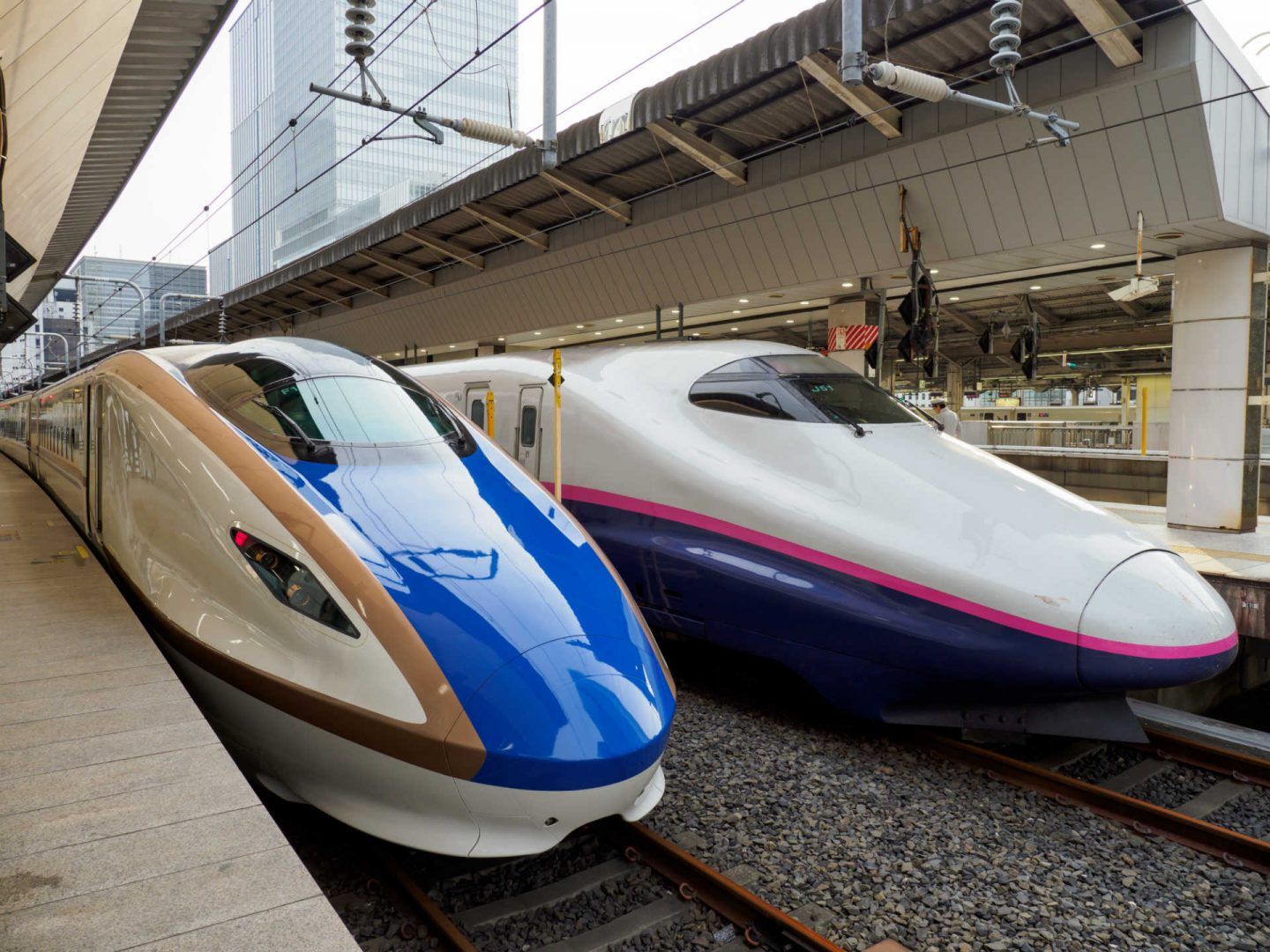General Japan bullet train rules
Riding the Shinkansen bullet train is a smooth, comfortable experience — partly because everyone follows a few simple etiquette rules. Trains are quiet, clean, and well-organized, and it’s best to respect these customs to keep the journey pleasant for everyone.
No smoking
Smoking is no longer allowed on any Shinkansen nationwide. As of March 16, 2024, all smoking rooms on the Tokaido, Sanyo, and Kyushu Shinkansen lines have been abolished. If you need to smoke, you’ll have to wait until you reach a station with designated smoking areas.
Queue up
Shinkansen boarding is orderly and efficient. Stand in line at the designated spots marked on the platform and wait your turn. When the train arrives, let passengers exit first before boarding.
Set your phone to silent mode
Nobody wants to hear your ringtone at 320 km/h. Switch your phone to silent mode (also called "manner mode" in Japan). If you need to take a call, move to the area near the doors to avoid disturbing others.
Use headphones
Watching a video? Listening to music? Always use headphones, and keep the volume low — even tiny sounds can be annoying in the quiet atmosphere of the Shinkansen.
Luggage requirements
If your suitcase is over 63 inches (160 cm) (total of height + width + depth), you need a seat reservation in the oversized luggage area. Without one, you may have to store your bag at the back of the car — if space is available. Smaller luggage fits in the overhead racks.
Take your trash with you
Shinkansen trains don’t have trash bins, so take your garbage with you and dispose of it at the station. If you’ve enjoyed an ekiben bento, neatly pack up the box and carry it off the train.
Talk quietly
Shinkansen rides are peaceful. Keep conversations at a low volume, and avoid loud laughter or phone calls inside the seating area. If you’re in a group, be mindful of the passengers around you.









